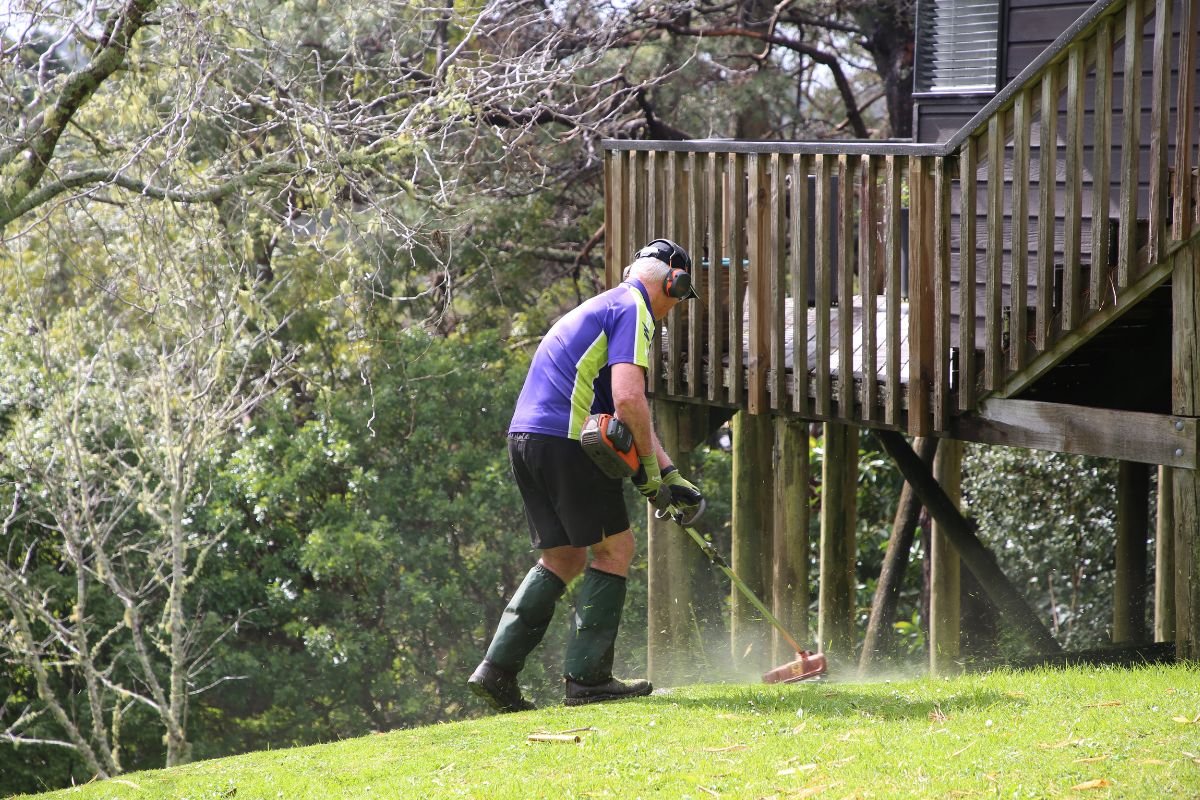Maintaining a lush, green lawn is something many New Zealand homeowners aspire to, but achieving it can seem costly. The good news is that keeping your lawn healthy doesn’t have to drain your wallet. With the right approach and a few strategic choices, you can enjoy a beautiful lawn on a budget. Here, we’ll cover essential tips for cutting costs while keeping your outdoor space looking its best.
1. Start with Proper Soil Preparation
Healthy soil is the foundation of a thriving lawn. By improving your soil’s quality early on, you can cut down on future expenses tied to frequent fertilizing, watering, and repair. Testing your soil’s pH level is an affordable and easy way to understand its nutrient profile. Based on the results, you may only need to add a few soil amendments, such as lime for acidic soil or sulfur for overly alkaline soil, to create the perfect growing environment.
For a DIY approach, most local gardening centers in New Zealand offer affordable soil test kits, or you can send a sample to a professional lab. Once you have a balanced soil foundation, you’ll notice that your grass grows more vigorously, which can reduce the need for frequent maintenance.
2. Choose the Right Grass for Your Climate
New Zealand’s diverse climate means that the type of grass you choose can make a big difference in both cost and success. Certain grass types, like fescue, are drought-tolerant and require less water—ideal for warmer or drier regions. Ryegrass, on the other hand, is well-suited to cooler areas and offers a hardy, dense lawn with moderate maintenance.
By selecting a grass type that naturally thrives in your region, you’ll reduce the need for costly watering, fertilizing, and repair, saving you money in the long term.
3. Mow Smarter, Not Harder
Mowing your lawn properly can have a surprisingly significant impact on its health. Aim to mow regularly and keep your grass at a height of about 5–8 cm. Taller grass promotes deeper root growth, which allows your lawn to withstand periods of drought better and reduces the need for excess watering.
To save even more money, consider leaving grass clippings on the lawn after mowing, as this can naturally fertilize your lawn. Known as “grasscycling,” this practice returns nutrients to the soil, making your grass healthier and reducing the need for synthetic fertilizers.
4. Water Wisely
Watering your lawn can quickly become one of the most significant costs of lawn care, especially in summer. To save money, water early in the morning when temperatures are cooler and evaporation is minimized. This ensures that more water reaches the roots rather than evaporating in the heat.
Also, try watering deeply but less frequently. A good rule of thumb is to water about once a week, soaking the soil to encourage roots to grow deeper. Deep-rooted grass is more resilient and requires less watering overall, helping you reduce costs and conserve water.
5. DIY Fertilizer Options
Fertilizing is essential, but you don’t need to invest in expensive synthetic fertilizers to keep your lawn green. There are several low-cost, DIY alternatives that can provide essential nutrients.
Composting is an excellent, sustainable way to create your own organic fertilizer. By collecting food scraps, coffee grounds, and garden waste, you can produce nutrient-rich compost that’s perfect for lawn health. Apply compost sparingly in early spring or autumn for the best results.
Another option is to look for affordable organic fertilizers made from natural sources like bone meal or seaweed extract. These are often less expensive than high-end synthetic fertilizers and provide slow-releasing nutrients, ensuring your lawn remains healthy over a longer period.
6. Use Mulch to Retain Moisture
Mulching isn’t just for gardens—it can be an effective cost-saving technique for your lawn as well. Mulching around the edges of your lawn or in areas that struggle to retain moisture helps to lock in water, reducing the amount of irrigation needed.
Additionally, mulching helps to suppress lawn weeds, meaning less time and money spent on weed control. Organic mulch options like wood chips, bark, or grass clippings can be sourced inexpensively and are a great way to retain moisture and add nutrients to your soil.
7. Control Lawn Weeds Naturally
Weeds can be a significant drain on both time and finances, but there are budget-friendly ways to tackle them. Rather than resorting to expensive herbicides, try natural alternatives like white vinegar, salt, or boiling water on tough spots. Corn gluten meal, available at garden stores, is a natural pre-emergent that can help prevent weed seeds from germinating without harming your grass.
Regularly mowing and maintaining a thick, healthy lawn also prevents weeds from getting a foothold. Weeds struggle to compete in a dense, well-maintained lawn, so a bit of extra care goes a long way toward keeping them at bay.
Timing can make a difference in your lawn care costs. For example, applying fertilizer just before a rainfall means you won’t have to water afterward, saving on irrigation. Similarly, aerating in early spring or autumn helps prepare your lawn for the growing season when water and nutrients are most beneficial.
Another cost-effective approach is to look for off-season deals on lawn care supplies. Many garden stores offer discounts on fertilizer, seeds, and tools as the growing season winds down, so planning and purchasing ahead can lead to significant savings.
9. Consider Professional Services for Key Tasks
While DIY is great for saving money, certain tasks like aeration, dethatching, or heavy pruning may be worth outsourcing. Professional lawn care services often have specialized tools and experience that allow them to complete these tasks efficiently and effectively, saving you both time and potential costs from mistakes.
Many lawn care providers in New Zealand offer seasonal packages that cover essential tasks without breaking the bank. Research local services to find affordable options for professional maintenance when needed.
10. Be Consistent with Lawn Maintenance
Consistency is one of the best cost-saving measures you can adopt. Small, regular tasks like lawn mowing, watering, and removing lawn weeds prevent larger, more expensive issues down the line. When you stay on top of lawn care, you’re less likely to need costly interventions like complete reseeding or heavy weed control treatments.
With a consistent approach, you’ll also find that your lawn becomes healthier and more resilient over time, reducing the need for constant upkeep and making lawn care more affordable overall.
Maintaining a beautiful lawn on a budget in New Zealand is more than possible with a strategic approach. By focusing on the essentials, timing your tasks, and using natural methods where possible, you can keep costs low while enjoying a healthy, green lawn year-round. With these expert tips, you’ll find that achieving your lawn care maintenance goals doesn’t have to break the bank. Get in touch with Crewcut to discuss your budget and requirements.































